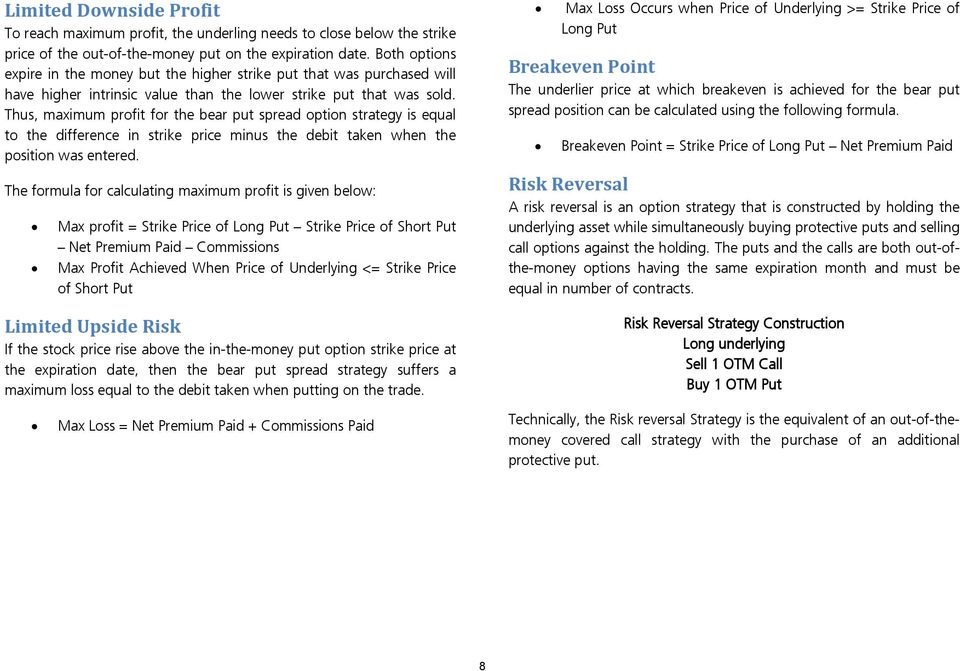Inventory Days Formula: Calculating Inventory Days

One mistake to avoid, however, is to compare the inventory days of companies in completely different industries, as that would be an unfair comparison where the interpretation is likely to be incorrect (i.e. “apples-to-oranges”). For example, a drought situation in a particular soft water region may mean that authorities will be forced to supply water from another area where water quality is hard. It may lead to a surge in demand for water purifiers after a certain period, which may benefit the companies if they hold onto inventories. DSI is a metric that analysts use to determine the efficiency of sales. INVESTMENT BANKING RESOURCESLearn the foundation of Investment banking, financial modeling, valuations and more. You can easily find the days in inventory calculation in the template provided.

Therefore, it is important to compare the value among the same sector peer companies. Companies in the technology, automobile, and furniture sectors can afford to hold on to their inventories for long, but those in the business of perishable or fast-moving consumer goods cannot. Therefore, sector-specific comparisons should average inventory days formula be made for DSI values. Average Inventory is the mean of opening and closing inventory of a particular period. It helps the management to understand the inventory that a business needs to hold during its daily course of business. By finding out the inventory days, you would be able to calculate both of the above ratios.
Days in Inventory (DII) Defined: How to Calculate
This article has been a guide to Days in Inventory Formula, practical examples, and Days in Inventory calculator along with excel templates. Everyone loves getting free stuff — so as long as an unpopular product is still functional and in good condition, you can include it as a freebie in future purchases. Even if a customer doesn’t use it, they will probably enjoy the surprise, which can even boost customer loyalty. The best way to get rid of slow-moving inventory is to prevent it from building up in the first place. Our writing and editorial staff are a team of experts holding advanced financial designations and have written for most major financial media publications.
While the DSO ratio measures how long it takes a company to receive payment on accounts receivable, the DPO value measures how long it takes a company to pay off its accounts payable. Overall, the CCC value attempts to measure the average duration of time for which each net input dollar is tied up in the production and sales process before it gets converted into cash received through sales made to customers. DSI is a measure of the effectiveness of inventory management by a company. Inventory forms a significant chunk of the operational capital requirements for a business.
If the inventory days on hand is low, the inventory turnover will be high . Generally, a small average of days sales, or low days sales in inventory, indicates that a business is efficient, both in terms of sales performance and inventory management. A low DSI reflects fast sales of inventory stocks and thus would minimize handling costs, as well as increase cash flow. Company management can use average inventory period figures to monitor purchasing patterns and sales trends of the stock inventory so that they can easily minimize carrying and storage costs. Thus, the average inventory period is an essential measure of how efficient a company can convert its inventory into sales.

NetSuite has packaged the experience gained from tens of thousands of worldwide deployments over two decades into a set of leading practices that pave a clear path to success and are proven to deliver rapid business value. With NetSuite, you go live in a predictable timeframe — smart, stepped implementations begin with sales and span the entire customer lifecycle, so there’s continuity from sales to services to support. Generally speaking, lower is better, but you don’t want to go so low that you risk a stockout event, which could frustrate customers, or increase your costs by needing smaller, more frequent replenishments. Another interpretation is that Target predicted faster sales growth than in previous years. Remember that the pace of sales is measured by backward-looking COGS; if sales were to grow dramatically, it wouldn’t take the full 74 days to turn over inventory in one quarter. Some investors also like to see DII, so if your financial statements aren’t public or routinely scrutinized, including the calculation in reports and slide decks may be appreciated.
How do you calculate inventory days on hand?
It is evaluated by deducting the cost of goods sold from the total of beginning inventory and purchases. Be careful when attempting to reduce days in inventory; not every way to make it lower is a good business decision. For example, having no inventory gets the metric to zero, but that also drives revenue to zero as well.
- The inventory turnover ratio helps us understand the company’s efficiency in handling the inventories.
- Having too much idle inventory is detrimental to a company as inventory may eventually become obsolete and unsellable.
- The average number of days inventory is on hand is dependent on a few factors, each of which will change by business, time of year, average days sales, and industry (think perishable goods vs. diamond rings).
- Having a small inventory days on hand naturally means that you are holding less stock — and when you hold less stock, you have more freedom to pivot and cater to shifting customer demands.
A high days inventory outstanding indicates that a company is not able to quickly turn its inventory into sales. This can be due to poor sales performance or the purchase of too much inventory. Having too much idle inventory is detrimental to a company as inventory may eventually become obsolete and unsellable. A low days inventory outstanding indicates that a company is able to more quickly turn its inventory into sales. Therefore, a low DIO translates to an efficient business in terms of inventory management and sales performance. The inventory days metric, otherwise known as days inventory outstanding , counts the number of days on average it takes for a company to convert its inventory on hand into revenue.
Days inventory outstanding, or DIO, is another term you’ll come across. It’s the same exact financial ratio as inventory days or DSI, and it measures average inventory turn-in days. Ending Inventory BalanceThe ending inventory formula computes the total value of finished products remaining in stock at the end of an accounting period for sale.
Inventory Days measures the average amount of time in which a company’s inventory is held on hand until it is sold. Inventory turnover is a financial ratio that measures a company’s efficiency in managing its stock of goods. Irrespective of the single-value figure indicated by DSI, the company management should find a mutually beneficial balance between optimal inventory levels and market demand. The denominator (Cost of Sales / Number of Days) represents the average per day cost being spent by the company for manufacturing a salable product. The net factor gives the average number of days taken by the company to clear the inventory it possesses.
Any Inventory planning based on Avg Inventory will result in loss of sales during peak season time and excess Inventory during the non-peak period. It is not a good estimation tool for businesses, which is seasonal as their seasonal shifts impact their sales. NetSuite Inventory Management helps businesses monitor and track their inventory. Among the benefits, the software allows for the quick compilation of data and computation of metrics that can be customized and exported elsewhere for other analyses. The software also offers features for inventory optimization, which can directly impact DII. The longer products remain on hand, the more a company’s cash is tied up in inventory.
Issues with Average Inventory Formula
For example, if a product has an annual storage cost of 24%, but if it only remained in inventory for four months, how much was paid in holding costs for it? We must remember that typically the cost of storing an item is represented as a percentage of its valuation (in the previous example, 24%). A high amount of inventory days on hand means a low turnover rate with inventory. This could happen for a few reasons, like low sales, low demand, or more valuable products that do not get bought and sold often.
Example of Days Inventory Outstanding
One must also note that a high DSI value may be preferred at times depending on the market dynamics. If a short supply is expected for a particular product in the next quarter, a business may be better off holding on to its inventory and then selling it later for a much higher price, thus leading to improved profits in the long run. For each order, ShipBob finds the fastest and most cost-effective option to get it delivered to its shipping destination. ShipBob’s algorithm selects the fulfillment center you have inventory in that’s closest to the customer. As soon as the order ships,ecommerce order trackinginfo is pushed back to your online store and sent to your customers so they stay in the loop every step of the way. Implementing automations throughout your inventory management process can help prevent slow-moving inventory from amassing by taking human error out of the replenishment process.
DII’s direction over time, in conjunction with other related metrics, can also help inform strategic decision-making. A single number for a single time period may not mean much in isolation, but when DII is tracked over time, it may uncover changes and trends that, in turn, could provide signals about inventory management. For example, a slow and steady decline in DII may be a sign that a new sales strategy is working, while a sudden jump may indicate a problem.
DSI is also known as the average age of inventory, days inventory outstanding , days in inventory , days sales in inventory, or days inventory and is interpreted in multiple ways. Indicating the liquidity of the inventory, the figure represents how many days a company’s current stock of inventory will last. Generally, a lower DSI is preferred as it indicates a shorter duration to clear off the inventory, though the average DSI varies from one industry to another. The average number of days inventory is on hand is dependent on a few factors, each of which will change by business, time of year, average days sales, and industry (think perishable goods vs. diamond rings).
For example, if your industry suddenly experiences a new trend or a certain product becomes popular, and you have space on your shelves, you will be able to order more inventory and can capitalize on the trend. Say a company has inventory that’s worth $43,780 and its cost of goods sold is worth $373,400 for the year 2018. The articles and research support materials available on this site are educational and are not intended to be investment or tax advice.
This is where the metric of inventory days on hand comes into play. Only compare the average inventory period to companies with like industries. You can calculate the average inventory by dividing the beginning inventory ($450,000) by 2, then add the closing inventory ($550,000). We can find the inventory turnover by dividing the cost of goods sold ( $5,000,000) by the average inventory. ABC Limited is a 4-year-old, rapidly growing food and beverage company. In the fiscal year 2017, the company published in their financial statements including $450,000 and $550,000 for beginning and ending inventories, respectively.
What DSI Tells You
The Cost Of Goods SoldThe Cost of Goods Sold is the cumulative total of direct costs incurred for the goods or services sold, including direct expenses like raw material, direct labour cost and other direct costs. With ShipBob’s network of nationwidefulfillment centers, you have access to a powerful geographic footprint. Our fulfillment centers are powered by our proprietary technology, which makes it easy to strategically split and manage your inventory toreduce shipping costsand time in transit. One easy way to sell more of a slow-moving product is to bundle it with a more popular item — especially if the two items naturally go together (e.g., shampoo and conditioner) — and offer the bundle at a discount. That way, you can move less popular items out while still recouping most of your initial investment in the inventory. Advisory services provided by Carbon Collective Investment LLC (“Carbon Collective”), an SEC-registered investment adviser.
In 2017, the company was taking about 57 days to sell all its stock. This was an indication that it converted its inventory into cash more efficiently. A good days of inventory can vary based on the product, but on average, is between 30 and 60 days.
